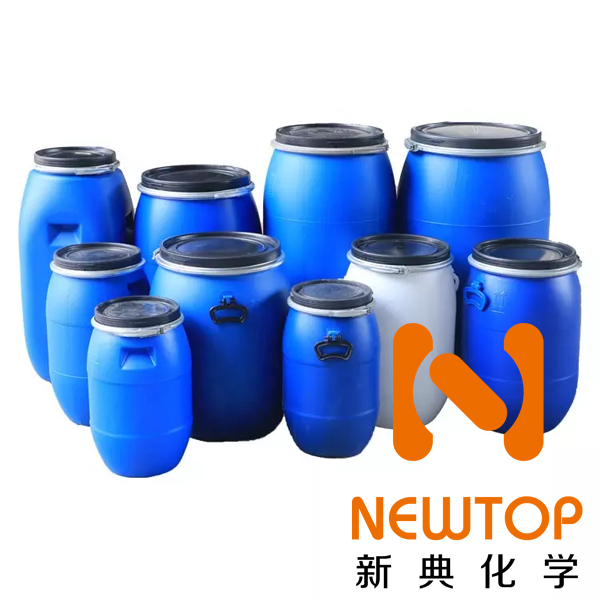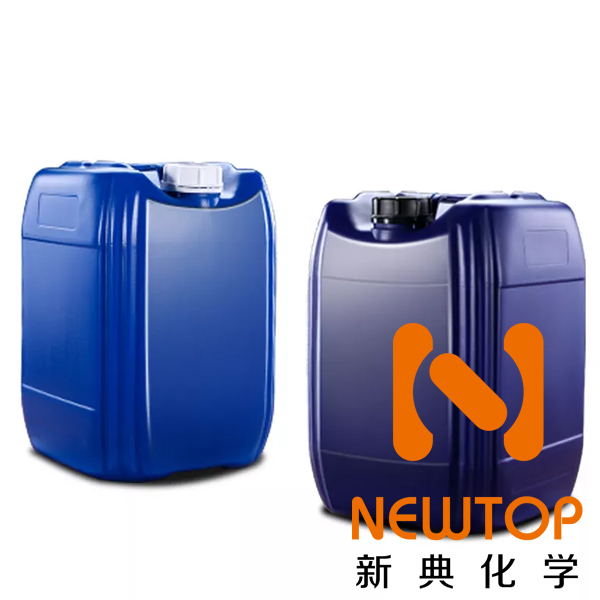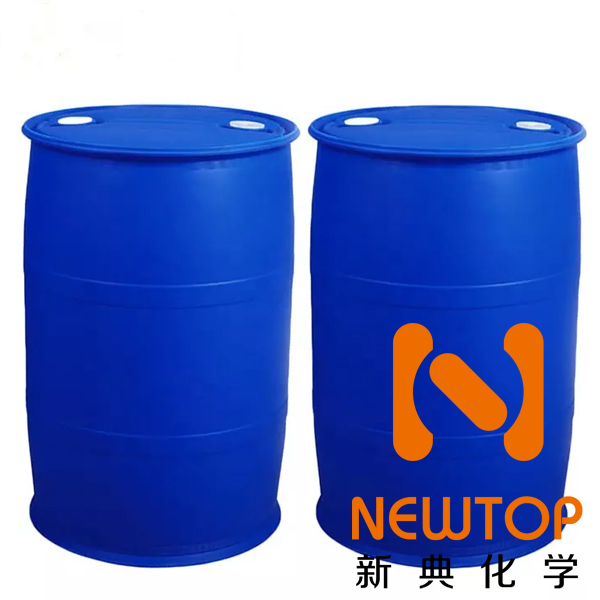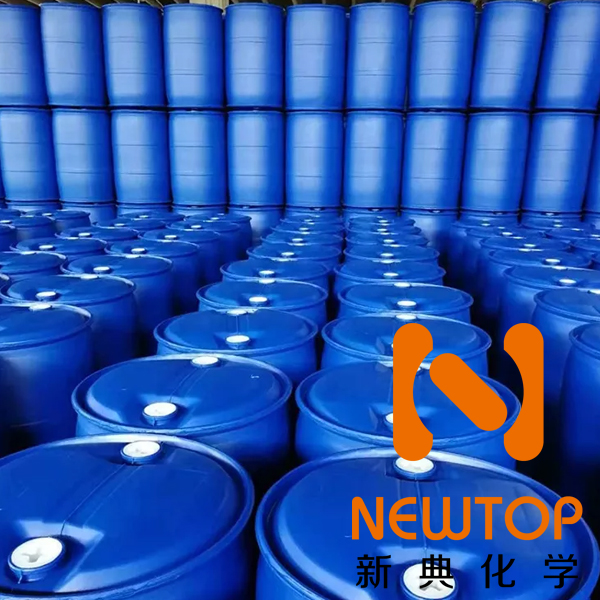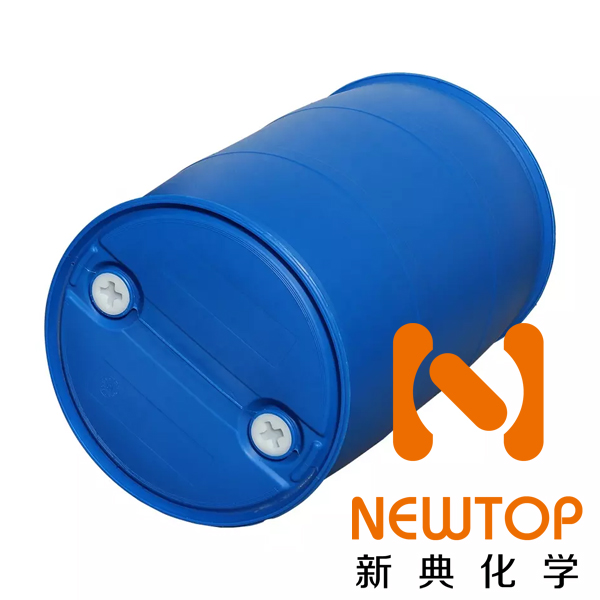Toyocat TRC catalyst Tosoh

Overview:
Physicochemical properties
Toyocat TRC is a colorless to light yellow transparent liquid with a very faint odor or close to odorless, readily soluble in water.
Relative density: 0.92 — 0.95
Freezing point: -59℃
Viscosity (25 ° C):26~33mPa.s
Flash point :153°C(COC) or 132 °C(TMCC)
Boiling point :255 ° C or 140 ° C /133Pa
Steam pressure (21 ° C) : 13Pa
Toyocat TRC
Chinese name: tri (dimethylamino-propyl) hexahydrotriazine
Formula: C18H42N6
Molecular Weight: 342.0
CAS Number: 15875-13-5
【 Physicochemical properties 】
PC CAT NP40 is a colorless to light yellow transparent liquid with a very weak odor or nearly odorless, easily soluble in water.
Relative density :0.92 — 0.95
Freezing point: -59℃
Viscosity (25 ° C):26~33mPa.s
Flash point :153°C(COC) or 132 °C(TMCC)
Boiling point :255 ° C or 140 ° C /133Pa
Steam pressure (21 ° C) : 13Pa
【 Product Application 】
Toyocat TRC is a highly active trimeric catalyst with excellent foaming properties, often shared with other catalysts.
Toyocat TRC is mainly used for the catalysis of polyurethane (PU) and polyisocyanurate (PIR) reactions. In fact, the catalytic selective activity of PU is slightly higher than that of PIR reaction. It is often used for polyurethane rigid foam of laminate, spray rigid foam, molded rigid foam, and is more suitable for PIR rigid foam sheet, foaming agent foaming (including all-water foaming) and other processes. In the water foaming foam system has excellent performance.
Product Application
Toyocat TRC is a highly active trimeric catalyst with foaming properties, often shared with other catalysts.
Toyocat TRC is mainly used for the catalysis of polyurethane (PU) and polyisocyanurate (PIR) reactions. In fact, the catalytic selective activity of PU is slightly higher than that of PIR reaction. It is often used for polyurethane rigid foam of laminate, spray rigid foam, molded rigid foam, and is more suitable for PIR rigid foam sheet, foaming agent foaming (including all-water foaming) and other processes. The performance of hard foam system in water foam.
Toyocat TRC is also suitable for microporous polyurethane elastomers and high resilience foam products.

Leak treatment
Stop leaks as much as possible while ensuring safety. If a minor leak is found, treat it with sand or other absorbent material and place it in a clean, dry container for subsequent treatment. If a large amount of leakage occurs, the leaked material should be collected for subsequent treatment. Avoid material entering groundwater or surface water, because it is not easily degraded by biological matter. All collected leakage materials should be disposed of in accordance with the relevant regulations of the local environmental protection department.
disclaimer
The information and technical advice provided above are obtained from reliable sources. However, the data provided by us is without express or implied warranties, and no commitments are made herein. If you need to use our products, we recommend a series of tests. The application, use, processing or production of products based on the technical information provided by us is outside our control and therefore the responsibility lies with the user. Conditions and methods of handling, storage, use or disposal of this product are beyond our control and may be beyond our knowledge, and under no circumstances will we be liable for loss, damage or related expenses arising from improper handling, storage, use or disposal of this chemical. For more information, please review the technical safety specifications of our products or contact our Marketing Services department.
Safety Information:
Catalyst, rinse with soapy water promptly after contact with skin. The staff can wear an eye mask or safety glasses to achieve the purpose of eye protection. Eye washing and bathing facilities should be available near the workplace. When working in places that may come into contact with the product, you should pay attention to personal hygiene and use detergent to wash the skin in contact with the product before eating, smoking and leaving the work.
Shelf life:
Remain unopened for two years
Storage and Transportation:
Should be sealed, stored in a dry cool ventilated warehouse
Packing:
200KG/ barrel storage: It is recommended to store in a dry and cool area with proper ventilation. After the original packaging, please fasten the packaging cover as soon as possible to prevent moisture and other substances from mixing and affecting the product performance. Do not inhale dust and avoid contact between skin and mucous membrane. Smoking, eating and drinking are prohibited in the workplace. Shower and change after work. Store contaminated clothes separately and use them after washing. Practice good hygiene.
Technical support and business contacts E-mail:sales@newtopchem.com



